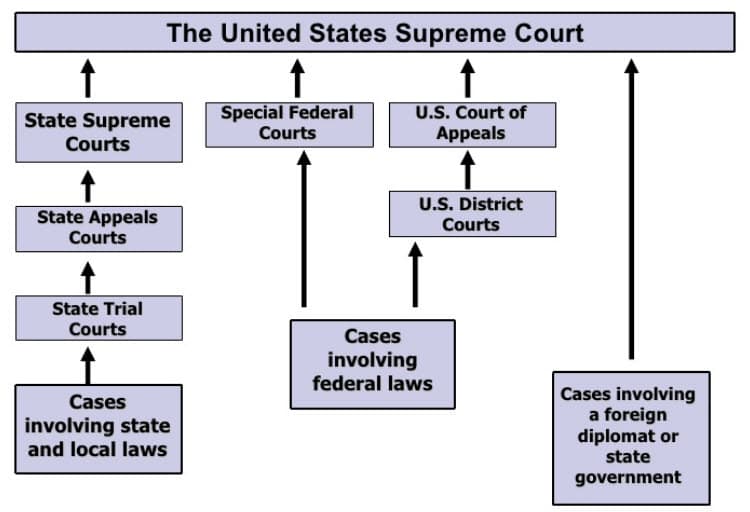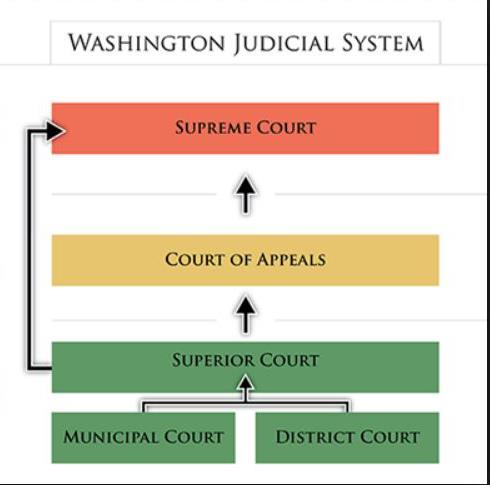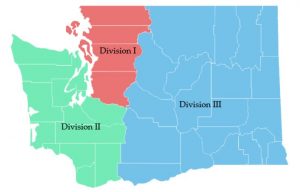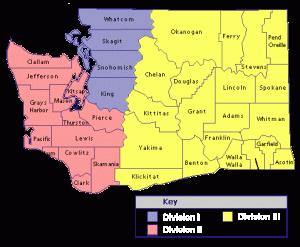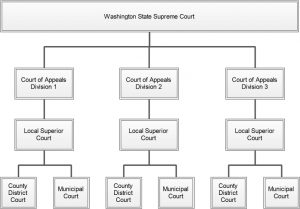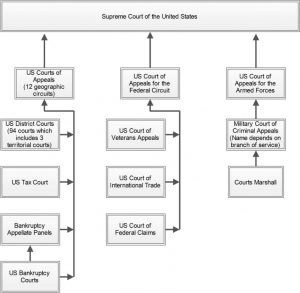RCW 4.28.080(16)
In all other cases, to the defendant personally, or by leaving a copy of the summons at the house of his or her usual abode with some person of suitable age and discretion then resident therein.
More documents are served under this provision of the RCW than all of the other provisions combined. It is also the source of a large number of appellate cases. If there is anything which proves that court decisions involving service are fact specific it is paragraph 16. By fact specific it is meant that under a particular set of facts an appeals court might uphold a lower court’s ruling but, with only a minor change in those facts, the appeals court might overturn the lower court’s ruling.
Therefore we will divide our discussion into two parts. In Part 1, where you are now, we will cover personal service (also known as in hand service). In Part 2 we will discuss abode service. Although the personal service clause is perfectly straight forward, it is important to realize the abode service clause creates, at least in terms of liability, a dangerous mode of service.
Keep in mind this is one of the most litigated service statutes in case law and process servers must deal with it on a regular basis. Without a solid understanding of its potentials and traps, a process server could be subject to considerable monetary liabilities.
The first clause is “In all other cases.” This alludes to the other 16 modes of service provided for in this statute. The other modes are specific to certain narrowly defined situations and since, in the law, the specific takes precedence over the general, they must be used where they apply.
For instance, as is mentioned in the discussion of service on a person with a guardian, only one mode of service can be used to obtain service on a person for whom a guardian has been appointed. It must be presented to the guardian, no other manner of service is permitted. This concept, moving from the general to the specific, is vital to the correct service of legal process.
The purpose of paragraph 16 is to act as a catch all for whatever situations exist which the other paragraphs fail to address. Primarily this means service on individual persons.
The second important clause is “to the defendant personally.” This means what can be referred to as “in hand” service. In hand service means the summons is presented to the servee with no other person or entity involved in the act.
For example, if you serve a corporation, the summons is served by presenting it to another person or entity, usually the registered agent. And, once again, the guardianship example acts as a good lesson to show how service is obtained on one person, the ward, by presentation to another person, the guardian. In both instances another person is involved and therefore this is not “in hand” service.
This mode of service (in hand service) is perhaps the second most used in terms of numbers of people served. It is also one of the most secure methods of service in that it is very difficult, though not impossible, to overturn.
Do not be confused by the phrase “in hand service.” It is used to differentiate this mode of service from other types of “personal service.” It does not mean the summons must be placed in the servee’s hands but instead means the presentation of the summons was made to the servee under circumstances such that a reasonable person would understand he or she was being served with legal documents. The law allows that not all persons are reasonable but treats them as though they were. For our purposes we refer to this as the Reasonable Person Rule.
Experience indicates that in approximately 10% of all service situations the servee will not accept the documents from the process server. Instead, the server must simply drop them on the ground or place on a railing or a table or any other suitable and obvious location. Servers usually refer to this as a drop serve. It is not required that the servee touch the documents in any way or even acknowledge them in any way so long as they have been presented in a manner which complies with the Reasonable Person Rule.
It is not unusual for a person, after the presentation has occurred, to refuse to accept the documents from the server. Sometimes people will put their hands up in the air, put them in their pockets, close the door, or simply turn and walk away. None of this rude and uncooperative behavior changes the fact that service has taken place. In their minds, and in their minds only, have they avoided service. In the eyes of the law they have been served.
To accomplish the in hand form of personal service requires two things.
First that the summons be presented to the person named therein. This means the servee must have been identified in some manner to the process server.
Second that the presentation occur under circumstances complying with the Reasonable Person Rule, i.e. that a reasonable person would have understood he or she was being served at the time.
Identification can occur in a variety of different ways. The person may simply admit he or she is the servee, another person can point out the servee and identify him or her, a client might provide a photograph, etc. Indeed, the server could simply guess he has the right person and, should this later be shown to have been a correct guess, service was accomplished. It goes without saying however that guessing is not likely to be effective in more than a very few instances and is, therefore, highly discouraged.
The Reasonable Person Rule provides the process server with a powerful tool. It allows for service in a wide variety of circumstances which, if not for this concept, might well defeat service. That many people will simply refuse service, and that the Reasonable Person Rule defeats their refusal, has already been mentioned but there are certainly other circumstances where it is useful.
For instance, a situation occurred in Whatcom County where a woman was scuba diving but failed to surface with her friends. She was found on the bottom and then raced to the hospital where it was determined she was brain dead due to oxygen deprivation.
Yet her body was still functioning to a great extent. The family moved the court to create a guardianship for her and a process server had to serve the documents on her. Personal (in hand) service was required. The server went to the hospital and was accompanied by a nurse to the woman’s room. Once there the nurse identified the woman. The process server stated out loud to the woman that she was being served and then he laid the documents on the stand next to her bed. Service was accomplished. Even though she was brain dead the service had been completed in a manner where a reasonable person would have known he or she was being served and, therefore, she had been served and the family could continue with the establishment of the guardianship.
As mentioned above, it is possible for personal service to be overturned. Fortunately such situations are rare but they do happen.
For instance, suppose personal service is made on a man in 2010. Based on the server’s proof of service a default judgment is taken. Nothing happens for 8 years. Then, in 2018, he applies for a loan and is turned down because of the outstanding judgment against him. He then claims he was never served and moves the court to vacate the judgment. Several things might happen at this point.
The server might no longer be available to give testimony or the server might be available but didn’t make good notes and doesn’t remember anything about the serve.
Another possibility is that the person to whom the papers were presented actually lied about his or her identity and claimed to be the defendant even though he or she wasn’t. As strange as this may sound it does happen.
If the defendant is able to produce even the weakest of proof that he wasn’t served then the court will almost certainly throw out the service and overturn the judgment.
Professional process servers protect themselves, and their clients, by making good notes for each service and obtaining signatures from the person at the time of service. Some servers even manage to take photographs of the person with whom they are leaving the documents.
In the next article we’ll discuss the second half of paragraph 16 which covers abode service.
Service Instructions Summary
Present the documents to:
| Who | When & Where | |
| 1. | The servee personally | Anytime Anywhere |
| 2. | To a person of suitable age and discretion who resides with the servee | Anytime but only at the servee’s usual place of abode |
NOTE: Extreme caution should be used if someone, not fitting these descriptions, says they have been “authorized” to accept service.
This quiz is for logged in users only.


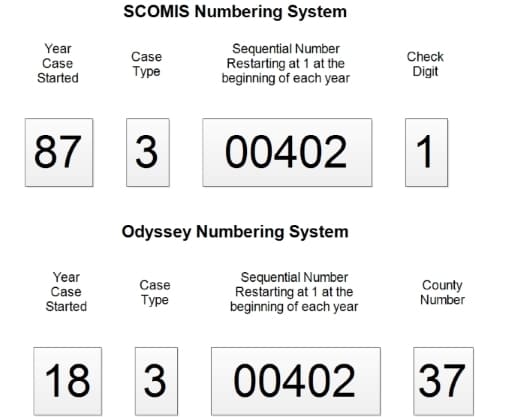
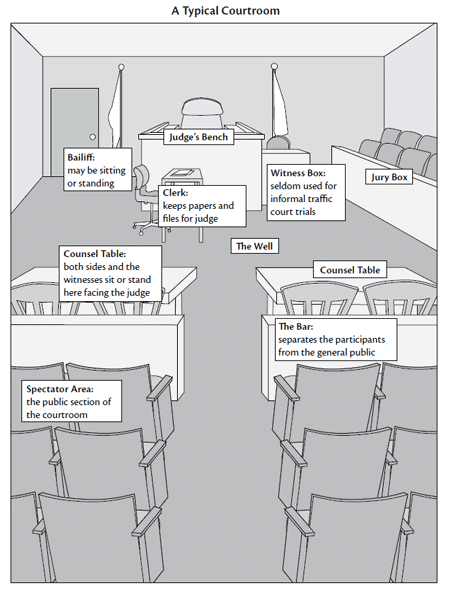 This is a rough diagram of a typical courtroom in the state of Washington. Courtrooms vary a great deal from city to city and county to county but they all have the same basic structure.
This is a rough diagram of a typical courtroom in the state of Washington. Courtrooms vary a great deal from city to city and county to county but they all have the same basic structure.